If you have ever seen someone have a panic attack it can be a terrifying experience. You want to know two things: what is wrong with them and how to make it better. This is a natural human reaction, but sadly it is not helpful, for the sufferer or the observer. This is because you are unlikely to know the answer to either question, and in reality all anyone can do is be with the sufferer, stay calm and know it will pass.
Panic attacks are an extreme case, but it illustrates something really important about helping people with mental health issues. Often we want to rush to a diagnosis, a cure, a good outcome. We want things to get better, as soon as possible. But more often than not, that reaction comes from our anxiety, our distress and our need to be reassured. Ideally we need to put that to one side and recognise it for what it is , “our stuff.” Instead it is much more helpful to get comfortable with not knowing, not diagnosing and not trying to cure. That way we can focus more on what is actually happening, and be present and use our human instinct and understanding in the moment.
Mental Illness or Mental Distress?
As well as being more likely to help the sufferer, there is another reason to take this approach. As a society we are tending to medicalise a lot of problems that previously were just problems. This is partly because NHS funding and resource follows a diagnosis. But it is also because we are blurring the line between psychological distress and mental illness because of lack of education about mental health.
Young people talk about being stressed as if it were a mental illness. It is not. Being stressed is a natural human response to overwhelming external pressures. It is horrible and distressing and can make us feel overwhelmed and lost, but it can be managed, by either addressing external pressures or changing our response to them, or both. It is totally different from a Attention Deficit Disorder, a borderline personality disorder or paranoia, which are all serious mental illnesses and could be long term, or sadly even lifelong.
There is no “normal”
Really we need to talk much more about all these conditions, and be more open and honest. We don’t because mental health can be a frightening subject. But it’s much more frightening if we don’t understand it, mix up conditions and get confused by them. We also need to resist assumptions that people only have a single issue, when it is more commonly a complex cocktail of multiple conditions that are unique to them.
Let’s talk more and let’s be honest. The new “normal” is recognising there is no normal, and we all struggle at times with difficult emotions or feelings, or more. Once we get over that, the more likely we are to have a constructive conversation, and better help others, and ourselves.

